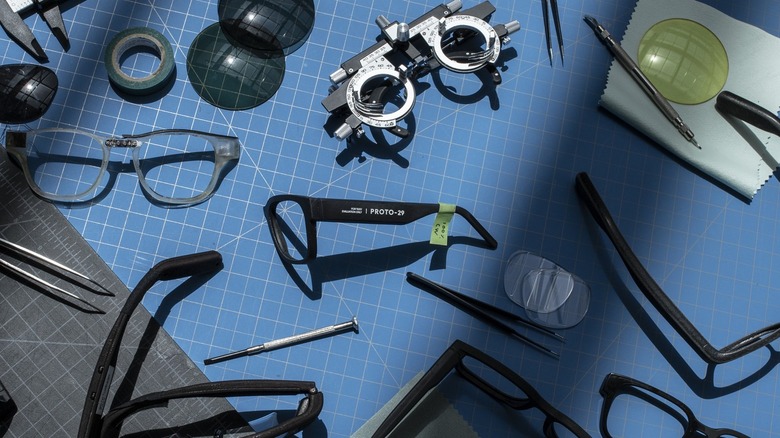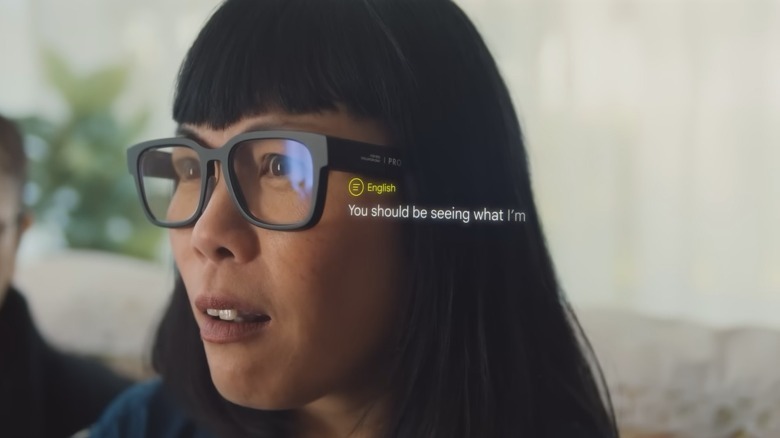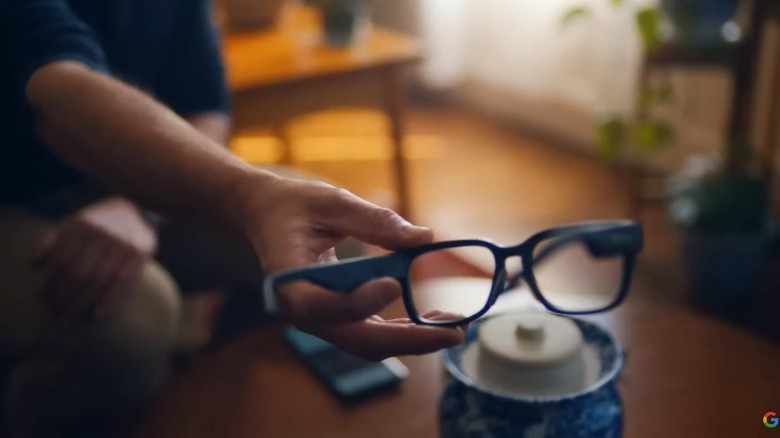Google Will Begin Testing AR Glasses Prototypes In The Real World This Summer
In May this year, Google released a video documenting its work on Augmented Reality (AR) glasses that would translate and transcribe words spoken by another person in real-time. These glasses also showed translated text as an overlay over the lens. The company now says it is ready to bring them out of its labs and test them in the public.
The first batch of prototype devices that Google will test in the world out there will be a barebones affair, as they would mainly consist of three main components, including in-lens screens, mic arrays, and cameras. Google is currently working on real-world navigation guidance with an AR overlay, something that requires testing that cannot be fully realized inside the confines of an indoor lab.
The design of Google's prototype looks like an everyday average pair of glasses with a few add-ons. But there are some caveats here, alongside testing and safety protocols. First, Google won't say when we can expect these prototypes to become commercially available products.
The most public clue we have about any sort of public availability comes from Google's FAQ page where it's written that testing will be limited to "Googlers and select trusted testers" for now. When we've seen this sort of a limited cross-section of users chosen for product testing in the past, it's generally meant that the product isn't going to be ready for public consumption any time soon.
Testers will need to "go through rigorous device, protocol, privacy, and safety and device training." However, if you want to test your luck, you can apply to become a Google Research volunteer here.
Playing it really, really safe this time
Google is playing it safe here, especially given the fate of the Google Glass after its unwelcome public reception and the privacy concerns over such products over the past decade. Right out the gate, despite having both microphones and cameras onboard, Google's AR prototypes do not support photo or video capture, likely largely in order to avoid privacy paranoia aplenty.
In case a particular scenario requires capturing the environment in the camera view, all the data is deleted as soon as an experience like AR navigation ends. Moreover, if the visual data is needed for further analysis and resolving bugs, there's a solution for that, too.
According to Google, sensitive information such as faces, signages, and license plates will be removed before being stored on secure servers where a 30-day auto-deletion system is already in place. Google adds that its AR prototypes won't be tested in spaces like hospitals, schools, playgrounds, rallies, emergency response hotspots, and places of worship.
Google's AR prototypes attempt to address privacy concerns with LED indicators. Every time cameras kick into action, an LED indicator will light up to inform people in the camera view that they may be being recorded.
A similar system was been implemented on the Facebook Ray-Ban Stories smart glasses. Google has also suggested that if a person in any prototype camera's field of view wants captured data to be deleted, the testers have been instructed to comply and wipe the recording logs.



